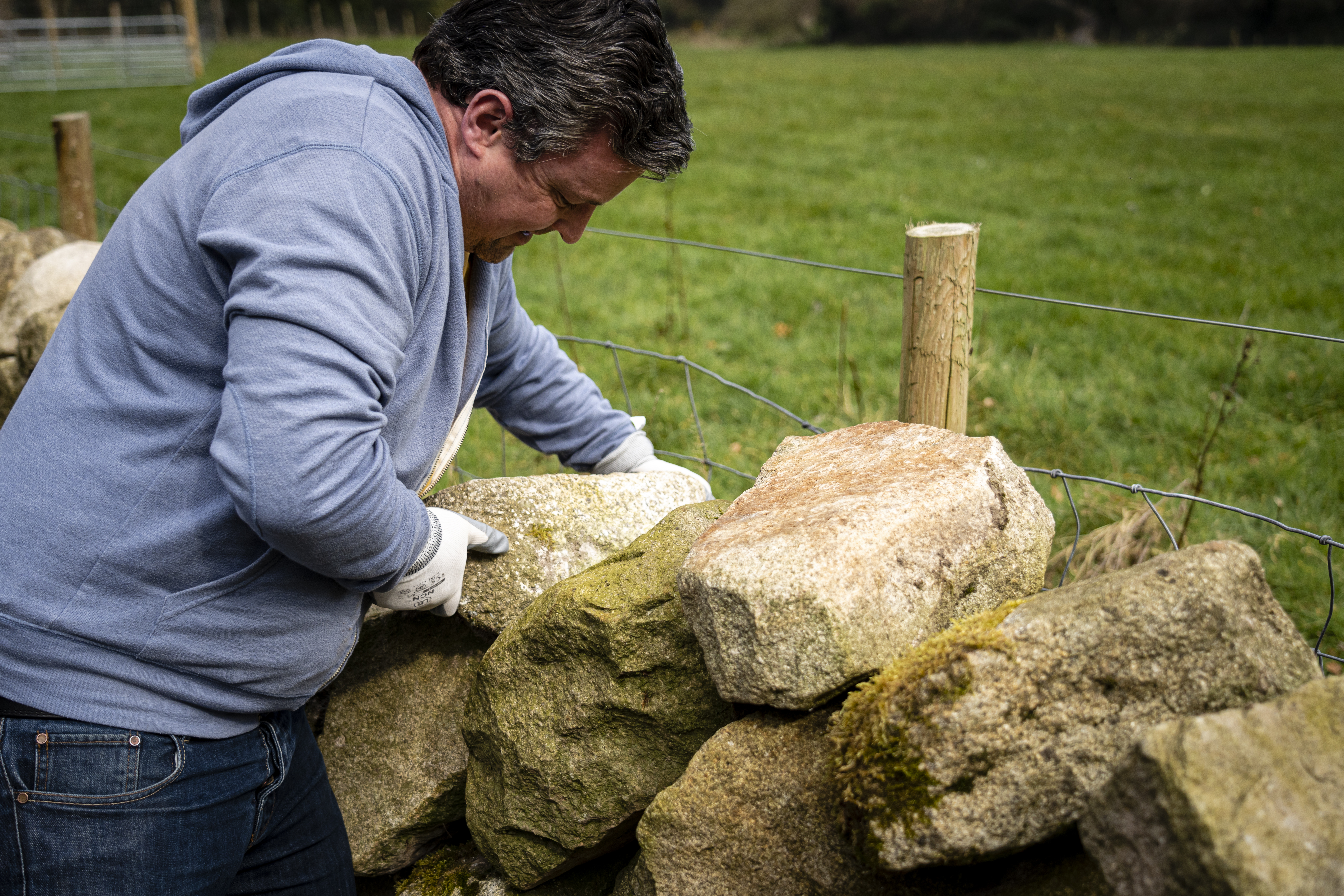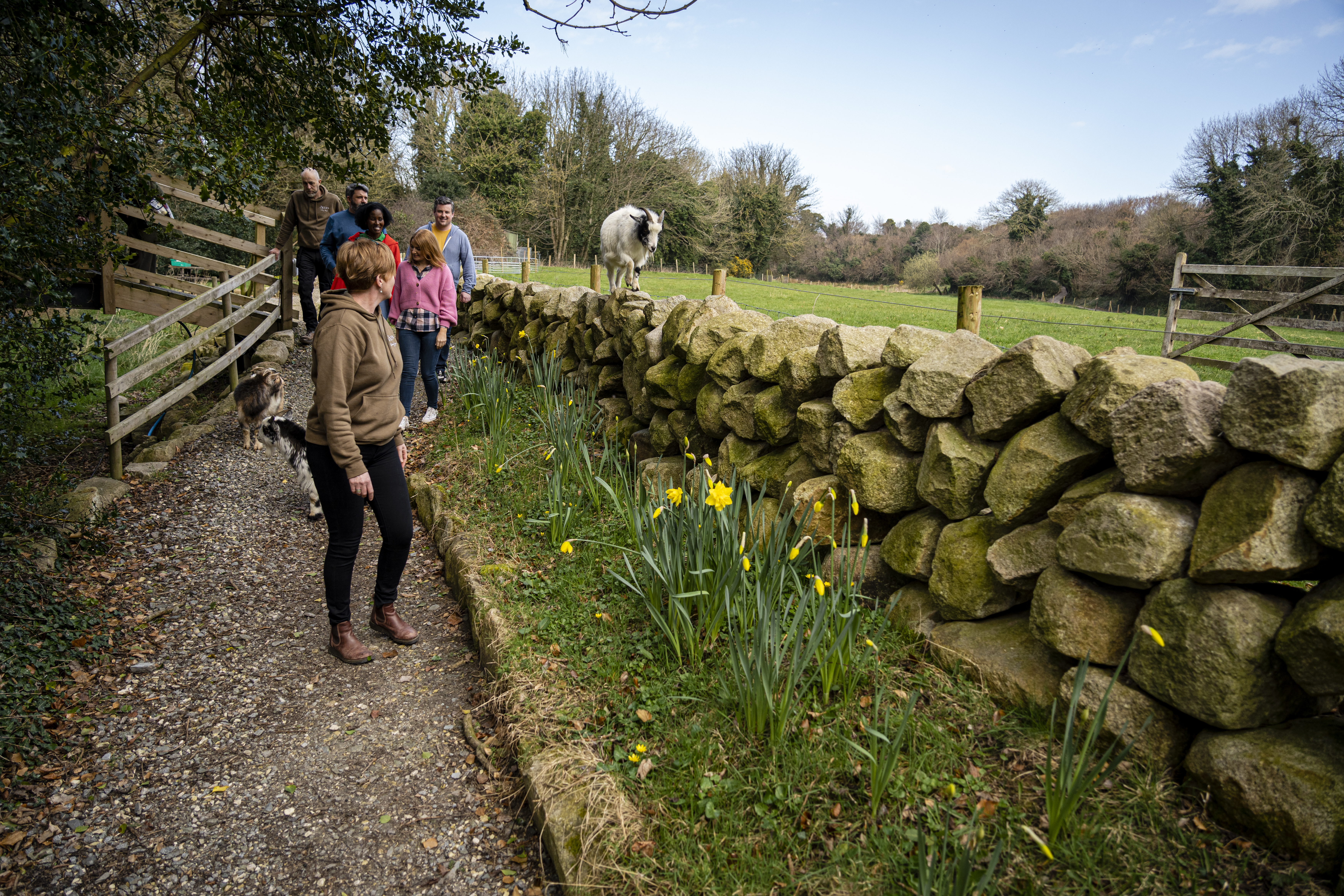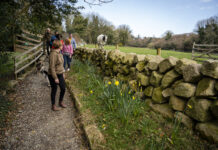
An ancient method of construction that can be found dotted across the Irish landscape has been added to the prestigious UNESCO list of protected cultural heritage practices.
Dry stone walls are an almost ever-present sight around rural Ireland, with some stunning examples dating back thousands of years having stood the test of time for centuries. In fact, the long-standing farming tradition dates to the Neolithic Period some 5,000 years ago.
The walls’ apparent simplicity belies their ingenuity; dry stone walls are handmade without any mortar or concrete and so their construction requires great skill and attention to detail – with each stone carefully measured, cut, and prepared to ensure stability.

The longest continuous length of dry stone wall in Ireland, known as the Mourne Wall, is located in County Down and snakes an astonishing path 35km long across the rugged countryside. It passes over 15 summits of the tallest mountains in the region, known as the Mourne Mountain range, including the majestic Slieve Donard – the highest peak in the north of Ireland at 850 metres. The impressive wall is constructed entirely from local granite and took 8 years to complete, with construction beginning in 1904.
Now, visitors can now experience the unique and enduring tradition of dry stone wall building firsthand at Mourne Stone Walling. Surrounded by the Mourne Mountains, passionate hosts Jenny and Mark Hanna bring guests on a magical woodland walk across the scenic County Down landscape, before master craftsman Mark brings the story of this ancient custom to life. Mark has restored over 400 metres of original dry stone walls using granite from the Mourne Mountains, first sourced more than 300 years ago.

Working alongside him, visitors immerse themselves in the timeless tradition – measuring and gauging stones while learning the local language – and constructing a part of a stone-wall to preserve the historied craft for future generations. The experience allows visitors to witness this ancient craft in action while connecting with the land and history of Ireland – gaining a deeper appreciation for the craftsmanship and timeless beauty of these iconic structures, which continue to shape Ireland’s stunning landscapes today.
The day concludes with a charming picnic of tea and cake enjoyed in the great outdoors while guests can sit back and admire their work. Guests can wrap up the day with a cozy overnight stay in one of the nearby Green Holiday Cottages, which provide a charming hideaway to relax and soak in the peaceful riverside views.
































